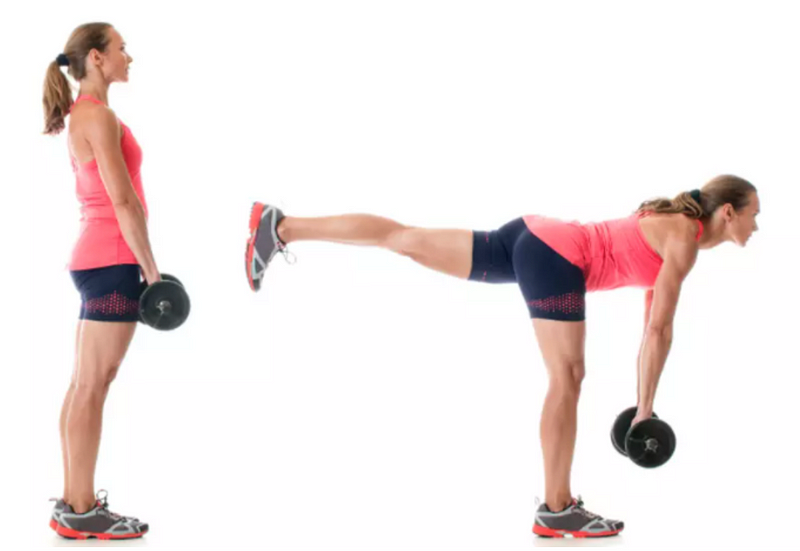Revamping Core Training: Is It Really Necessary?
Written on
Understanding Core Training
When many people think of core training, their minds often jump to floor exercises like planks or sit-ups. While these movements have their place, it's crucial to broaden our understanding of what effective core training entails. We often focus solely on flexing and extending the spine to achieve that coveted 'six-pack,' overlooking the core's primary function.
The core's main job is to stabilize the spine and pelvis while resisting unnecessary movements. It's constantly engaged in transferring weight efficiently throughout the body. With every step you take, your core is working hard to maintain your balance and posture. During a long run, it plays a vital role in sustaining your form as fatigue sets in. Traditional core exercises like planks and sit-ups only engage the core in a single plane of movement, which is not the most functional or effective approach.
To truly understand the core, we need to recognize it as a three-dimensional structure of muscles that includes the glutes, erector spinae, obliques, and more. To activate these muscles effectively, we should incorporate stability, balance, and anti-rotation elements into our workouts. This might seem counterintuitive, but focusing on a neutral trunk while moving the arms and legs often provides a more effective core workout—no crunches required!
Functional core training prioritizes resisting rotation rather than flexing and extending the spine, ultimately maximizing the core's stabilizing role.
If you're not fond of traditional core routines, you might be able to skip them altogether! The goal is to engage in exercises that naturally challenge your core in a functional way. Performing movements like the ones listed below can significantly enhance your injury prevention efforts.
Before we dive into the exercises, it's important to note that if your goal is to achieve a six-pack, some isolated core work—such as hanging leg raises or cable crunches—will be beneficial. If you're focused on strengthening your core to prevent injuries and enhance performance, the exercises below will suffice. I’m not against dedicated core routines; rather, I aim to present alternative methods that might save you time. Let’s get started!
Functional Exercises to Enhance Core Strength
Single-Leg Deadlifts

Application: 2 x 10–15 reps per side
Cues: Begin by tightening your core and aligning your ribs over your pelvis. Plant one foot and hinge at the hips until your back leg extends behind you. Maintain a neutral neck and back, engaging your core throughout the movement. If your hamstrings are tight, it's acceptable to bend the knee of the front leg slightly. Once at your lowest controlled point, engage your glutes to return to the start. You can either hold weights in both hands or use a heavier weight in the hand opposite to your planted leg. The key is to keep your back leg straight and your hips level throughout the range of motion.
Pallof Press Lunges

Application: 2 x 10–15 reps per side
Cues: Start standing with a resistance band extended in front of you. With your core engaged and your shoulders and hips aligned, step back into a reverse lunge. Hold for one second at the bottom before returning to a standing position. Ensure the band remains centered throughout each rep. To increase difficulty, refrain from resting your knee at the bottom of the lunge to challenge your stabilizers more. Remember to breathe!
Single-Arm Kettlebell Press

Application: 2 x 10–12 reps per side
Cues: Stand with your feet hip-width apart, holding a kettlebell close to your chest. Your wrist should align with your forearm. Engage your core and press the kettlebell overhead, rotating your wrist as you extend your arm fully. Exhale during the press. Finish with your elbow by your ear and your palm facing forward, ensuring a straight line from your hand to your hip. Gradually lower the kettlebell while maintaining core tension.
Core training can happen outside of traditional exercises! By selecting the right movements, you can engage various body areas while still focusing on core strength.
In Conclusion
While core training is often linked to exercises like sit-ups and planks, it's much broader than that. Core training can be seamlessly integrated into your workouts without you even realizing it. If you're dissatisfied with your current routine or pressed for time, consider incorporating functional activities like the ones mentioned above. They will not only provide the core engagement you seek but also improve body awareness, injury prevention, and overall functionality.
Happy training!
-David Liira.Kin

Additional Resources
Explore whether you really need to train your abs for a six-pack.
Discover why traditional ab workouts might be ineffective and what you should do instead.